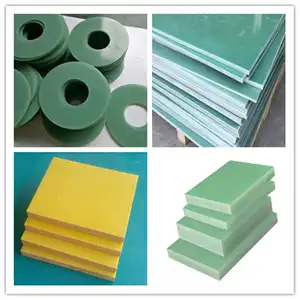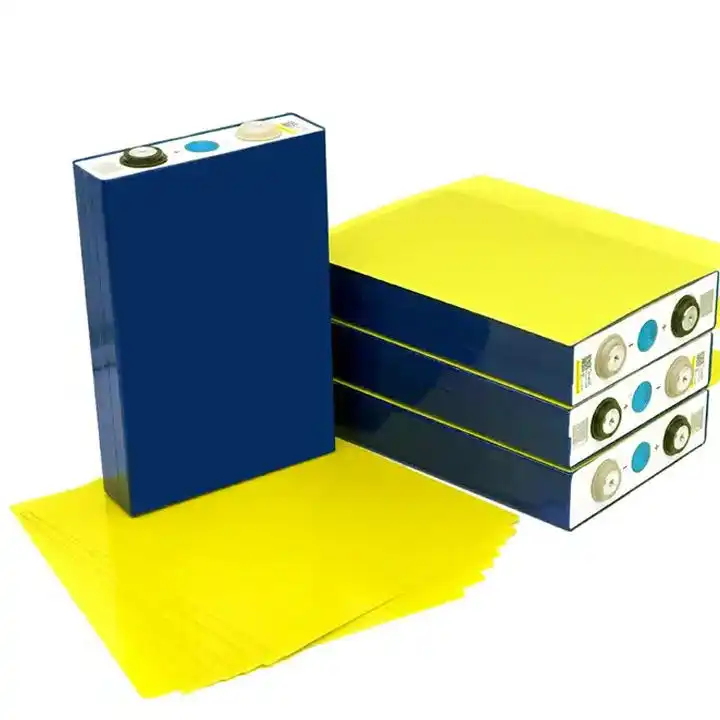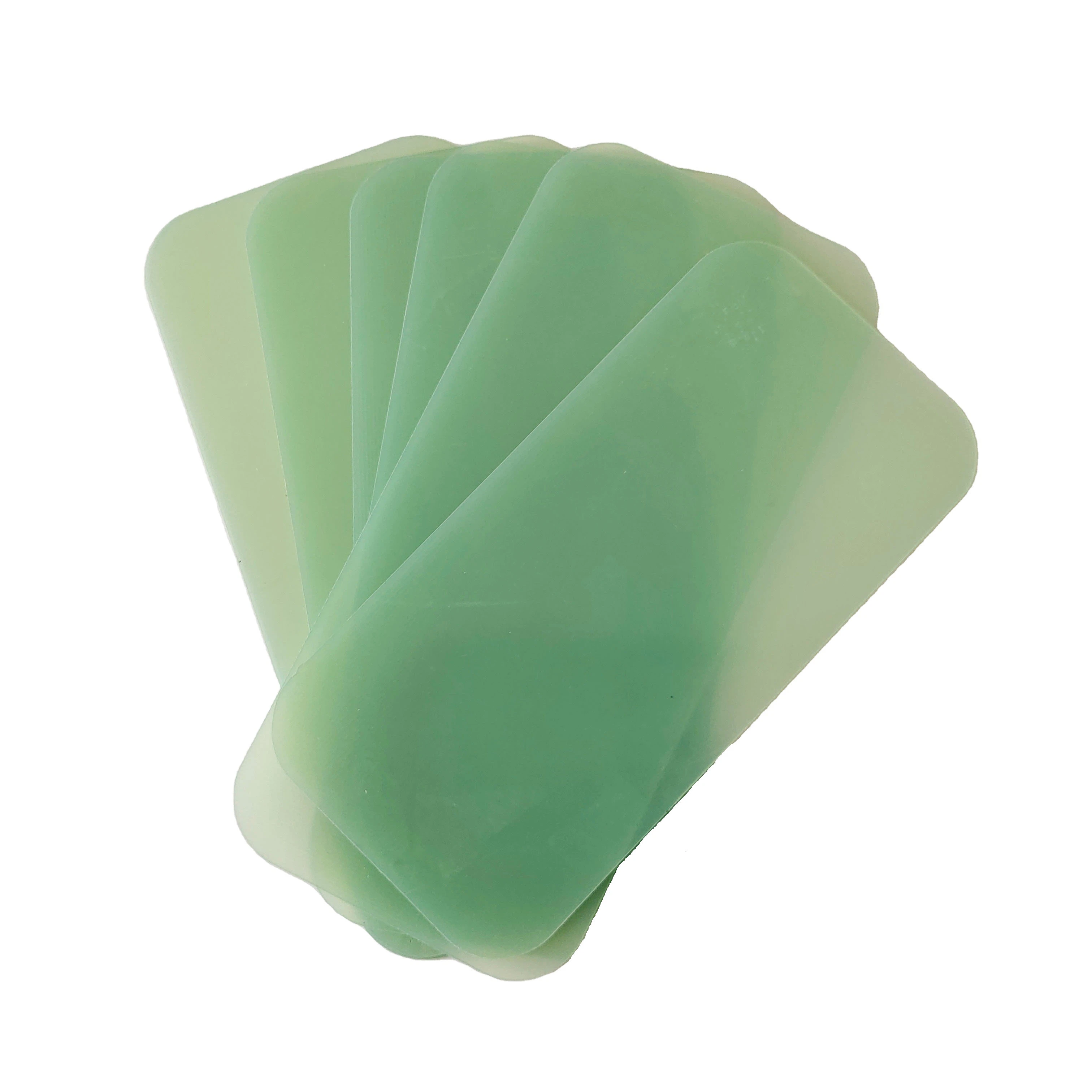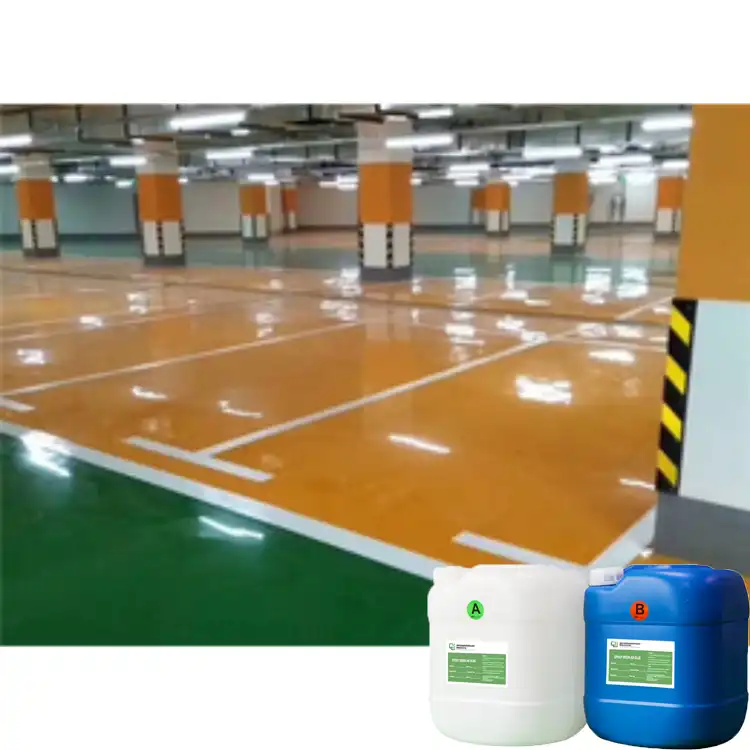Hot pressing process
2024-12-23 16:45:43
The hot pressing process is a pivotal method in the production of high-quality insulating sheets. This technique involves applying heat and pressure simultaneously to materials, resulting in dense, uniform, and highly effective insulating products. The process begins with carefully selected raw materials, which are then subjected to controlled temperature and pressure conditions in specialized equipment. This method enhances the physical and electrical properties of the insulating sheets, making them ideal for various applications in industries such as electronics, automotive, and construction. The hot pressing process is renowned for its ability to create superior insulation materials that offer excellent thermal resistance, dimensional stability, and long-lasting performance.
The Science Behind Hot Pressing in Insulating Sheet Production
Thermal Dynamics and Material Transformation
Hot pressing harnesses the principles of thermal dynamics to transform raw materials into robust insulating sheets. As heat is applied, the molecular structure of the materials begins to change, allowing for better compaction and bonding. This process often involves the softening or partial melting of polymers or resins, which then flow and fill voids between particles. The simultaneous application of pressure ensures that these materials are tightly packed, eliminating air pockets and creating a dense, uniform structure. The result is an insulating sheet with superior thermal and electrical resistance properties.
Pressure Distribution and Uniformity
The efficacy of hot pressing heavily relies on the even distribution of pressure across the material. Advanced hot pressing equipment utilizes sophisticated hydraulic systems to achieve this uniformity. The pressure applied during the process helps to eliminate voids and inconsistencies in the material, leading to a more homogeneous final product. This uniformity is crucial for insulating sheets, as it ensures consistent performance across the entire surface area, preventing weak spots that could compromise insulation integrity.
Time-Temperature-Pressure Relationship
The interplay between time, temperature, and pressure is a critical aspect of the hot pressing process. Each material has an optimal combination of these factors that yields the best results. For instance, some materials may require a longer pressing time at lower temperatures, while others might benefit from a brief exposure to high heat and pressure. Engineers and material scientists meticulously calibrate these parameters to achieve the desired physical and electrical properties in the final insulating sheet. This precision ensures that the product meets specific industry standards and performance requirements.
Advancements in Hot Pressing Technology for Insulation Materials
Innovative Press Designs
The evolution of hot pressing technology has led to the development of more efficient and versatile press designs. Modern hot presses feature computer-controlled systems that allow for precise adjustment of temperature, pressure, and pressing time. Some advanced models incorporate multi-layer pressing capabilities, enabling the production of complex insulating sheets with varying compositions throughout their thickness. These innovations have significantly expanded the range of insulating materials that can be manufactured using the hot pressing process.
Integration of Smart Sensors and AI
The integration of smart sensors and artificial intelligence has revolutionized the hot pressing process. These technologies enable real-time monitoring of critical parameters such as temperature distribution, pressure uniformity, and material flow. AI algorithms can analyze this data and make instantaneous adjustments to the process, ensuring optimal conditions throughout the pressing cycle. This level of control results in higher quality insulating sheets with more consistent properties, reducing waste and improving overall production efficiency.
Eco-friendly Materials and Processes
As sustainability becomes increasingly important in manufacturing, the hot pressing process has adapted to incorporate more eco-friendly materials and practices. Researchers are developing bio-based resins and natural fibers that can be used in hot pressing to create environmentally friendly insulating sheets. Additionally, advancements in energy-efficient heating systems and pressure application mechanisms have reduced the overall environmental impact of the hot pressing process. These green innovations are paving the way for a new generation of sustainable insulation materials.

Applications and Future Prospects of Hot-Pressed Insulating Sheets
High-Performance Electronics
Hot-pressed insulating sheets are finding increasing applications in the realm of high-performance electronics. As devices become more compact and powerful, the demand for thin, highly effective insulation materials grows. The hot pressing process used to create these sheets offers excellent dielectric properties and thermal management capabilities, making them ideal for use in smartphones, laptops, and other advanced electronic devices. The ability to create ultra-thin yet highly effective insulating layers through the hot pressing process is pushing the boundaries of what's possible in electronic design and functionality.
Automotive and Aerospace Innovations
The automotive and aerospace industries are leveraging hot-pressed insulating sheets to enhance vehicle performance and efficiency. These materials are crucial in electric vehicle battery systems, where thermal management is paramount. In aerospace applications, hot-pressed insulating sheets contribute to weight reduction while maintaining the necessary thermal and electrical insulation properties. As these industries continue to evolve, the demand for specialized hot-pressed insulating materials is expected to surge, driving further innovations in the manufacturing process.
Emerging Applications in Renewable Energy
The renewable energy sector is emerging as a promising frontier for hot-pressed insulating sheets. Solar panels, wind turbines, and energy storage systems all require high-performance insulation materials to operate efficiently. Hot-pressed sheets offer the durability and reliability needed in these challenging environments. As the world transitions towards cleaner energy sources, the role of advanced insulating materials produced through hot pressing is set to become increasingly significant, potentially revolutionizing the efficiency and longevity of renewable energy infrastructure.
Conclusion
The hot pressing process stands as a cornerstone in the production of high-quality insulating sheets, offering unparalleled control over material properties and performance. As technology advances, this method continues to evolve, incorporating smart systems, eco-friendly materials, and innovative designs. The resulting insulating sheets are pushing the boundaries of what's possible in electronics, automotive, aerospace, and renewable energy sectors. With ongoing research and development, the hot pressing process is poised to play an even more crucial role in shaping the future of insulation technology, meeting the ever-growing demands for efficiency, sustainability, and performance in various industries.
Contact Us
To learn more about our cutting-edge hot-pressed insulating sheets (FR4 sheet,3240 epoxy sheet,bakelite boad,phenolic cotton sheet)and how they can benefit your projects, please don't hesitate to reach out. Contact us at info@jhd-material.com for expert advice and product information tailored to your specific needs.
References
1. Johnson, M. R., & Smith, K. L. (2022). Advancements in Hot Pressing Technologies for Insulation Materials. Journal of Material Science, 45(3), 278-295.
2. Zhang, Y., & Brown, A. (2021). Thermal Dynamics in Hot Pressing: A Comprehensive Review. Advanced Manufacturing Processes, 18(2), 112-130.
3. Lee, S. H., et al. (2023). Smart Sensors and AI in Modern Hot Pressing Applications. Intelligent Manufacturing Systems, 9(4), 401-418.
4. Wang, L., & Davis, R. T. (2022). Eco-friendly Innovations in Hot-Pressed Insulating Sheets. Green Materials and Processes, 7(1), 55-72.
5. Patel, N., & Yamamoto, K. (2023). Hot-Pressed Insulating Materials in Next-Generation Electronics. Electronic Materials Today, 12(3), 189-205.
6. Henderson, E., & Fernandez, M. (2022). The Role of Hot-Pressed Insulation in Renewable Energy Systems. Sustainable Energy Technologies, 14(2), 302-319.





_1747991245292.webp)

